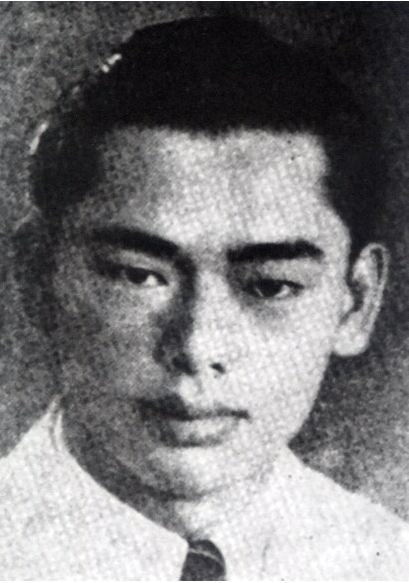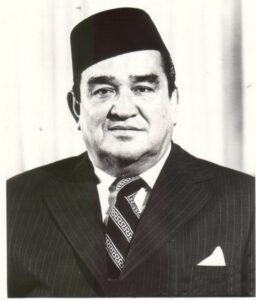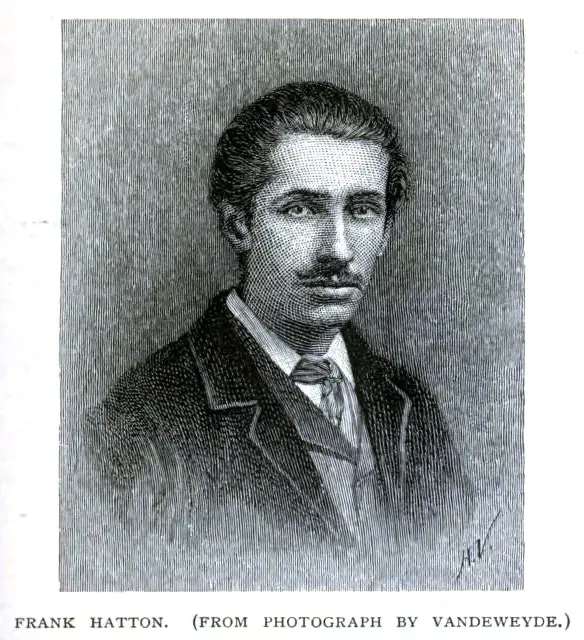Although Albert Kwok was born in Kuching, Sarawak, the traces of his legacy lie 800km away in Kota Kinabalu, Sabah.
Described as “neat, clean shaven, a man of superabundant energy and made many friends” by Stephen R. Evans in his book Sabah (North Borneo) Under the Rising Sun Government, Kwok was the leader of Kinabalu Guerrillas, a group of resistance fighters during the Japanese occupation of Borneo.
Albert Kwok’s early life

Born in Kuching in 1921 to a dentist father, Kwok was sent to China to study traditional Chinese medicine in the late 1930s.
He moved to Kota Kinabalu which was then known as Jesselton on May 15, 1941 where he lived with his sister and brother-in-law.
It is believed that Kwok’s mother, brother and his other sister were still living in Kuching during that time.
The birth of Kinabalu Guerrillas
When the Japanese force started its offence against Jesselton, the town was defended by only 650 men of the North Borneo Armed Constabulary.
By 9 Jan 1942, the whole town was occupied by the Japanese.
A month later, Kwok wanted to establish connections with the Allied movements particularly the United States Forces in the Philippines (USFIP).
USFIP was the only sole armed resistance movement in the region which had firearms.
He managed to make his way to Tawi-Tawi in the Philippines where he trained under the command of Filipino Lieutenant Colonel Alejandro Suarez.
A year later in May 1943, Kwok returned to Jesselton and tried to contact Overseas Chinese Defence Association (OCDA).
Then in June 1943, he was back in Philippines again where he was appointed Lieutenant on July 1 by the US Army.
Kwok returned to North Borneo again only with three pistols and a box of hand grenades.
With a limited supply of firearms, he started a resistance group on 21 Sept 1943.
The group initially called themselves the Chinese National Salvation Association (CNSA), a branch of the ODCA.
However with more members of indigenous peoples, Eurasians and Sikh Indians of Jesselton joining in, the group renamed themselves theKinabalu Guerrillas Defence Force.

The Double Tenth Revolt
Only armed with parangs, spears and kris, the Kinabalu Guerrillas launched their attacks from Oct 9, 1943.
With about 300 guerrilla fighters, the revolt was aided by the Bajau-Suluk leaders such as Panglima Ali (Sulug island), Jemalul (Mantanani islands), Arshad (Udar island) and Saruddin (Dinawan island) attacking from the sea.
The Kinabalu Guerrillas had the element of surprise: They temporarily succeeded reclaiming Jesselton, Tuaran and Kota Belud with 50 to 90 Japanese casualties.
Evans wrote, “The following morning, all the main buildings in Kota Kinabalu (Jesselton) right up to Tuaran, were fully decorated with flags to celebrate the Double Tenth (Oct 10). They were the Sabah Jack (North Borneo Union Jack), the Union Jack, the United States Of America and the Chinese flag.
“The people celebrated the feast in freedom.”
The aftermath
The celebration did not last long. The Japanese started to reinforce themselves with troops coming in from Kuching.
Kwok and his Kinabalu Guerrillas was forced to retreat but the fight continued for the next three months.
The Japanese launched a series of bombings from Kota Belud to Membakut, burning down villages and killing around 2000-4000 civilians.
After being threatened with the possibility that more civilians would be killed, the top members – including Kwok – surrendered themselves to the Japanese on 19 Dec 1943.
The execution of the Kinabalu Guerrillas
While in prison, Kwok was tortured and questioned. Survivors who were imprisoned with him said that he suffered quietly, taking the responsibility of the Double Tenth Revolt.
He reportedly tried to commit suicide but failed.
On 21 Jan 1944, 176 people were executed. Not all of them were members of the Kinabalu Guerrillas; some were just civilians deemed guilty by the Japanese.
Kwok, Charles Peter, Chen Chau Kong, Kong Tse Phui, and Li Tet Phui were among those who were beheaded that day.
Other members including Jules Stephens, Panglima Ali and Rajah George Sinnadurai were shot to death.
The site of their executions is where the Petagas War Memorial now stands.

Read more:
Toshinari Maeda, the Japanese nobleman who died off the coast of Bintulu during WWII
































